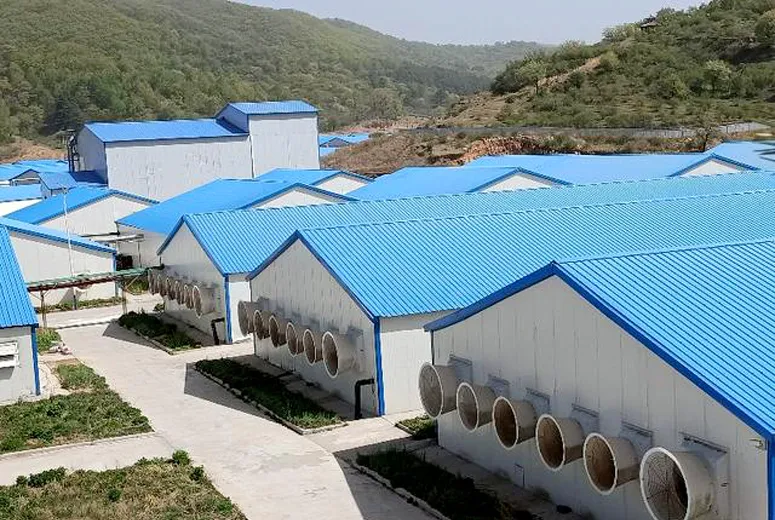- Afrikaans
- Albanian
- Amharic
- Arabic
- Armenian
- Azerbaijani
- Basque
- Belarusian
- Bengali
- Bosnian
- Bulgarian
- Catalan
- Cebuano
- Corsican
- Croatian
- Czech
- Danish
- Dutch
- English
- Esperanto
- Estonian
- Finnish
- French
- Frisian
- Galician
- Georgian
- German
- Greek
- Gujarati
- Haitian Creole
- hausa
- hawaiian
- Hebrew
- Hindi
- Miao
- Hungarian
- Icelandic
- igbo
- Indonesian
- irish
- Italian
- Japanese
- Javanese
- Kannada
- kazakh
- Khmer
- Rwandese
- Korean
- Kurdish
- Kyrgyz
- Lao
- Latin
- Latvian
- Lithuanian
- Luxembourgish
- Macedonian
- Malgashi
- Malay
- Malayalam
- Maltese
- Maori
- Marathi
- Mongolian
- Myanmar
- Nepali
- Norwegian
- Norwegian
- Occitan
- Pashto
- Persian
- Polish
- Portuguese
- Punjabi
- Romanian
- Russian
- Samoan
- Scottish Gaelic
- Serbian
- Sesotho
- Shona
- Sindhi
- Sinhala
- Slovak
- Slovenian
- Somali
- Spanish
- Sundanese
- Swahili
- Swedish
- Tagalog
- Tajik
- Tamil
- Tatar
- Telugu
- Thai
- Turkish
- Turkmen
- Ukrainian
- Urdu
- Uighur
- Uzbek
- Vietnamese
- Welsh
- Bantu
- Yiddish
- Yoruba
- Zulu
Pro . 27, 2024 14:35 Back to list
The Advantages of Residential Metal Framing
In recent years, the construction industry has seen a notable shift towards the use of metal framing in residential buildings. Traditional wood framing has long been the standard for homes, but as technology evolves and environmental concerns increase, many builders are now opting for residential metal framing. This approach offers numerous benefits that can enhance the structural integrity, sustainability, and overall efficiency of homes.
Strength and Durability
One of the primary advantages of metal framing is its exceptional strength and durability. Steel, which is commonly used for metal framing, has a high strength-to-weight ratio, making it a superior choice for supporting roofs, walls, and overall structural loads. Unlike wood, metal does not warp, bend, or become brittle over time, which means that homes built with metal framing can withstand harsher weather conditions, including strong winds, heavy snow loads, and even seismic activity. This resilience is particularly beneficial in regions prone to natural disasters, as it can contribute to the safety of the home and its occupants.
Resistant to Pests and Decay
Another significant benefit of residential metal framing is its resistance to pests and decay. Traditional wood framing is susceptible to damage from termites, woodpeckers, and other wood-boring insects. Additionally, wood is prone to rot and decay when exposed to moisture over time. These issues can lead to extensive damage, costly repairs, and weakened structural integrity. In contrast, metal does not attract pests, and it is impervious to rot, making it a more reliable choice for long-term performance. This quality can contribute to lower maintenance costs and provide homeowners with peace of mind.
Environmental Sustainability
As sustainability becomes an increasingly important consideration in construction, metal framing holds a considerable advantage. Steel is one of the most recycled materials in the world; it can be recycled multiple times without losing its properties. This characteristic makes metal framing an environmentally friendly choice, as it reduces the need for virgin materials and minimizes waste. Furthermore, because steel framing is manufactured in controlled environments, it can contribute to more efficient construction practices and reduce the overall carbon footprint of the building process.
residential metal framing

Energy Efficiency
Residential metal framing can also promote energy efficiency. Steel framing allows for consistent insulation, which can lead to improved thermal performance in homes. This means homeowners can enjoy lower heating and cooling costs, making metal-framed homes more energy-efficient over time. Additionally, metal framing supports the installation of advanced insulation materials that can enhance a home's energy-saving capabilities even further.
Design Flexibility
Metal framing offers architects and builders greater design flexibility. The strength of steel allows for larger spans and open spaces without the need for additional support columns, which can lead to more innovative and spacious interior layouts. This versatility opens up endless possibilities for modern architectural designs, making it easier to create unique living spaces that cater to the needs and tastes of homeowners. The ability to customize layouts and features can be a significant selling point for new homes.
Faster Construction Times
When it comes to construction efficiency, metal framing can significantly reduce build times. Steel components often come pre-fabricated, which means they can be quickly assembled on-site. This can lead to a faster completion of projects, allowing builders to meet deadlines and potentially reducing labor costs. For buyers eager to move into their new homes, this speed can be a considerable advantage.
Conclusion
In summary, residential metal framing presents numerous benefits that make it an attractive option for modern home construction. Its strength and durability provide enduring performance, while its resistance to pests and decay enhances long-term reliability. The sustainability of steel, combined with its energy efficiency, design flexibility, and faster construction times, offers significant advantages over traditional wood framing. As the construction industry continues to evolve, metal framing is likely to play an increasingly prominent role in shaping the homes of the future, creating safer, more efficient, and sustainable living spaces for generations to come.
-
Steel Frame Modular Construction for Housing
NewsAug.07,2025
-
Steel Construction Factory Processes
NewsAug.07,2025
-
Portal Frame Shed for Sale: Delivery Options
NewsAug.07,2025
-
Metal Workshops for Sale: Insulation Solutions
NewsAug.07,2025
-
Metal Steel Building Manufacturers: Post-Construction Services
NewsAug.07,2025
-
Metal Garage Shed Kits: Size Options
NewsAug.07,2025
Products categories
Our Latest News
We have a professional design team and an excellent production and construction team.












